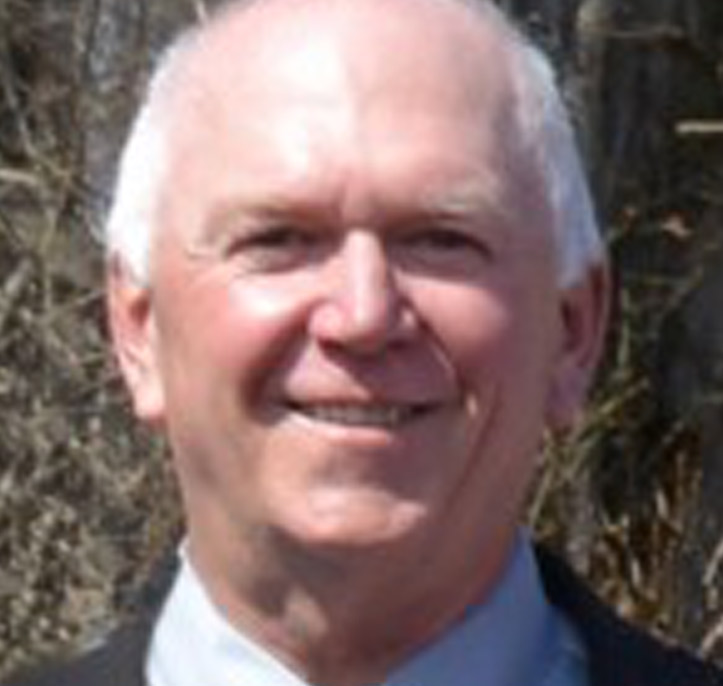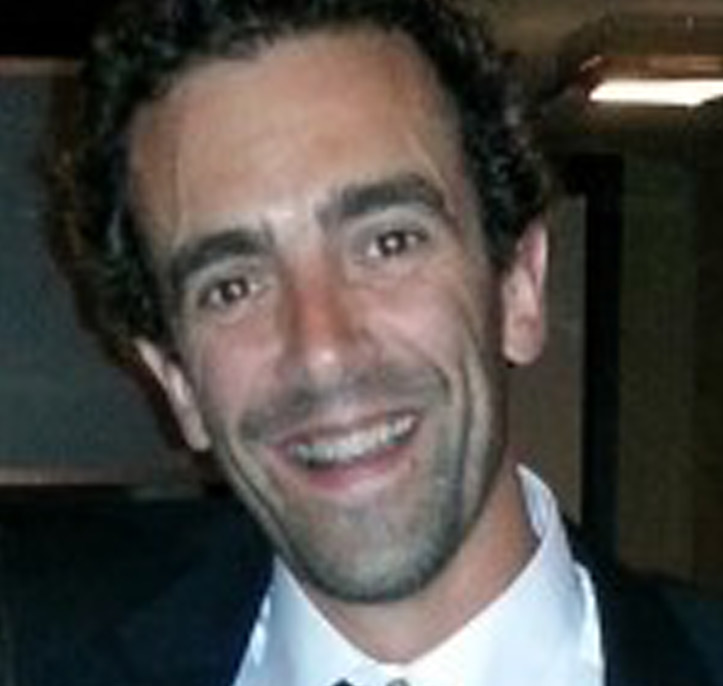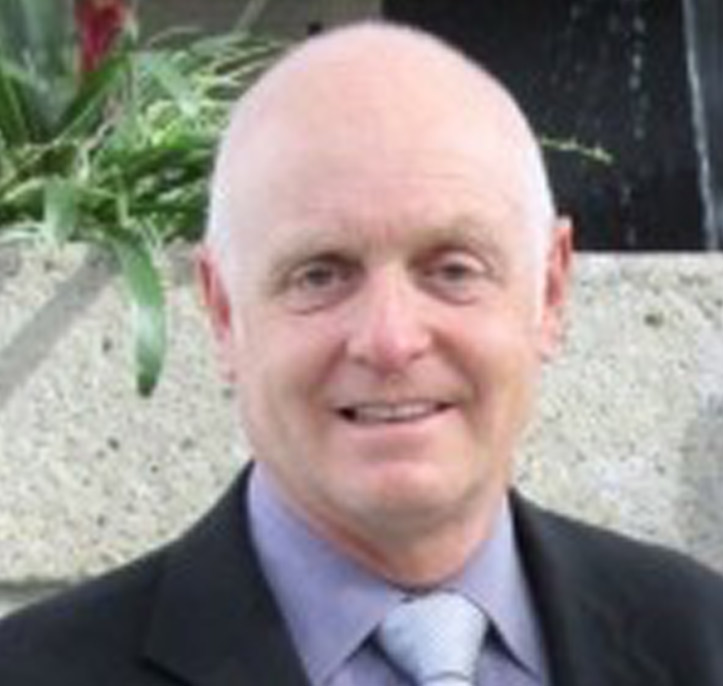2015 SMART Vancouver
January 27, 2015
SMART Remediation talks have focused on innovative technologies for remediating contaminated sites, approaches for site characterization, project case studies, regulatory and industry perspectives, and other related topics.

The 13th SMART Remediation conference was held in Vancouver on Tuesday, January 27th, 2015. Details on the speakers and presentations are provided below.
Speakers

Una Radoja,
Harper Grey LLP
Case Study: Cost Recovery under the Environmental Management Act J.I. Properties Inc. v. PPG Architectural Coatings Canada Inc.
- Bio |
- Abstract
- | Presentation
Una Radoja
Una Radoja is the co-chair of Harper Grey LLP’s Environmental Law Practice Group. She is a commercial litigator with a specific focus on contaminated sites litigation and risk management. Una is an executive member of the Environmental Law Subsection of the Canadian Bar Association (BC Branch) and a frequent guest lecturer for the Pacific Business and Law Institute, BC Environmental Industry Association, the Environmental Managers Association and the BC Continuing Legal Education Society. A significant component of Una’s contaminated sites practice involves litigation related to recovery of remediation costs pursuant to the Environmental Management Act and common law and appeals before the Environmental Appeal Board. Una regularly advises property owners, developers and other businesses respecting strategies to minimize liability risks arising from ownership of and operations on contaminated land. She also represents clients in their dealings with the regulator in relation to applications for orders and instruments, including approvals in principle and certificates of compliance. Una’s clients range from small businesses and property owners, to developers, strata corporations, insurers, and multi-national, large corporations and REITs.
Case Study: Cost Recovery under the Environmental Management Act J.I. Properties Inc. v. PPG Architectural Coatings Canada Inc.
On August 25, 2014, the BC Supreme Court rendered an important ruling in a cost recovery action brought by J.I. Properties Inc. against PPG Architectural Coatings Canada Inc. pursuant to the Environmental Management Act, R.S.B.C 2003, c. 53 (“EMA”). The Plaintiff obtained a judgment against the Defendant in the amount of $4,750,000, representing the reasonable costs incurred by the Plaintiff in investigating and remediating James Island, located between the Saanich Peninsula and Sidney Island, BC. In the reasons for judgment, the court interpreted and applied several key provisions of the EMA applicable to cost recovery actions, and considered legal arguments that had not previously received judicial consideration. This presentation will involve a detailed analysis of the decision and provide important takeaways for consultants, lawyers, and property owners dealing with remediation of contaminated sites with a view to seeking recovery of related costs.

Dan Leigh,
Peroxychem Environmental Solutions
Comparison of In Situ Chemical Reduction to Enhanced Reductive Dechlorination to Treat Chlorinated Ethenes
- Bio |
- Abstract
- | Presentation
Dan Leigh
Dan Leigh is the Technology Applications Manager for PeroxyChem located in Walnut Creek, CA. He is a licensed geologist and hydrogeologist with over 30 years of professional experience. He has over 100 publications and presentations on a variety of subjects including atoll island and coastal hydrogeology, groundwater geochemistry, and in situ biotic, abiotic and biogeochemical remediation of organic and inorganic contaminants. He has conducted site investigations at facilities across the United States and Internationally.
Comparison of In Situ Chemical Reduction to Enhanced Reductive Dechlorination to Treat Chlorinated Ethenes
Soil and groundwater at the Concord Naval Weapons Station (CNWS) in Concord, CA has been affected by a discharge of trichloroethene (TCE). The Navy desired the most aggressive technology to divest the property under the Base Realignment and Closure (BRAC) program. To evaluate the benefits of combining biotic and abiotic processes field tests were conducted which compared in situ chemical reduction (ISCR) to enhanced reductive dechlorination (ERD). This presentation will present a short description of the chemical and biological degradation pathways of chlorinated ethenes. The methods for applying these processes in situ at the Concord Naval Weapons Site will be described and will include photographs of the mixing and injection systems at the site. The resulting changes in groundwater biogeochemistry and contaminant concentrations of the ISCR and ERD pilot test will be provided graphically. The results will be summarized and conclusions based on those results will be offered.

Jeff Burke,
Milestone
Case Study: Arsenic Groundwater Remediation Using a Zero Valent Iron (ZVI) Permeable Reactive Barrier (PRB) and ZVI Injection
- Bio |
- Abstract
- | Presentation
Jeff Burke
Trained as a civil engineer, Jeff holds a Bachelor’s Degree from Dalhousie University and has been managing and coordinating complex, remote, northern environmental projects for over 6 years and has over 10 years of experience in the civil/environmental construction industry. He has successfully managed environmental remediation projects across Canada with combined values of over $50M and scopes including, but not limited to, landfill construction, PHC/PCB contaminated soils excavation, water treatment, PRB wall installation, remote mobilizations, demolition, hazardous material abatement, transport, and disposal.
Case Study: Arsenic Groundwater Remediation Using a Zero Valent Iron (ZVI) Permeable Reactive Barrier (PRB) and ZVI Injection
The presentation will cover a number of facets relating to the remediation of arsenic contaminated groundwater at a property located adjacent to the Cataraqui River in Kingston, Ontario. The site was the location of historic tanning operations and is the current location of the Kingston Rowing/Canoe Club and Emma Martin Park. Initially, the cleanup approach was developed to utilize traditional excavation, transport, and disposal remedial methodology for the leachate toxic arsenic contaminated soils. Addressing the remediation of the arsenic contaminated groundwater was contemplated using excavation of the source soils and physical hydraulic containment for the groundwater. However, the project team implemented innovative, value-based engineering principles combined with bench scale feasibility testing to provide a more thorough, cost-effective and environmentally sustainable solution for the remediation program. The main concern for the City of Kingston was the continual migration of arsenic contaminated groundwater from the site into the river. The excavation program that was originally proposed would have required groundwater monitoring and extraction from the containment zone into perpetuity. Through the design and installation of a two-stage PRB, both a traditionally constructed “funnel and gate” wall and an injected PRB zone adjacent to the river, all project goals were achieved while resulting in significant schedule and cost savings to the City. The presentation will also discuss relevant pre-engineering, hydrogeological design, site soil and groundwater chemical characteristics, underlying ZVI reaction chemistry, and constructability considerations as well as the post-remediation groundwater monitoring results.

ean Paré,
Chemco inc.
Slow Release Persulfate and MultiOx™ Cylinders for Passive, Long-term Treatment of Petroleum Hydrocarbon Contaminated Sites
- Bio |
- Abstract
- | Presentation
ean Paré
Jean Pare, P.Eng., has a degree in Chemical Engineering from Laval University. He has been involved for the last 22 years in the evaluation, development, design, and promotion of both conventional and innovative environmental technologies. As Vice President with Chemco Inc., his responsibilities include the remediation design, technico-economical analysis and technology supply for chemical oxidation and reduction, soil washing, and enhanced bio-remediation. Last year, he worked with over 400 sites applying his expertise to various types of organic and inorganic contaminants in soil and groundwater. He is also involved with many environmental organizations such as CLRA, CBN, ESAA, BCEIA and Reseau-Environnement where he is an active technical committee member and regular technical speaker.
Slow Release Persulfate and MultiOx™ Cylinders for Passive, Long-term Treatment of Petroleum Hydrocarbon Contaminated Sites
Groundwater impacted with petroleum hydrocarbon contamination (e.g. benzene, toluene, ethylbenzene, xylene (BTEX), methyl-tert butyl alcohol (MTBE), and polycyclic aromatic hydrocarbons (PAH’s)) is common. In situ chemical oxidation using persulfate and permanganate, or combinations of persulfate and permanganate has been successfully as a treatment technology for the remediation of petroleum hydrocarbons and BTEX compounds. The application of Persulfate SR (Slow Release) ISCO reagent and MultiOx™ SR ISCO reagent cylinders are novel remedial approaches for the implementation that are sustainable low footprint, does not require the injection of liquids, and minimizes disruption of active facilities. This presentation will show case a series of bench-scale oxidation experiments were performed to (i) understand oxidant release rates from slow-release persulfate or MultiOx cylinders versus direct chemical injection, (ii) determine the persistence of oxidants in site soil, and (iii) determine the kinetic rate of contaminant degradation. Oxidant release rates from slow release oxidant cylinders were evaluated in a series of long-term 1-D column experiments. Soil oxidant demand was experimentally determined from a range of oxidant concentrations. Additionally, batch contaminant oxidation experiments were conducted in deionized water and soil materials to evaluate the potential of natural activation mechanisms. Kinetic models were used to describe the contaminant oxidation rates and regression models were developed to quantify the release of oxidants from the cylinders. Finally, 1-D column experiments were conducted to demonstrate BTEX/MTBE oxidation efficiency from slow-release persulfate and MultiOx cylinders. Based on the lab work above, a conceptual framework was developed that incorporated (i) oxidant release from the cylinders, (ii) soil oxidant demand rates, and (iii) contaminant oxidation kinetics. Results from these experiments demonstrate that the oxidant released from the cylinders is sufficient to overcome the soil oxidant demand, and can effectively degrade petroleum hydrocarbon contaminants in situ. The utilization of slow release persulfate or MultiOx cylinders can provide a simple, long-term and cost-effective approach for remediating petroleum hydrocarbon contamination in the subsurface. The cylinders can be easily emplaced in the subsurface using direct-push technology or suspended in wells for easy recharge. There is great potential to combine the slow release oxidant cylinders with other technologies such as biological remediation or other mass removal strategies (e.g. excavation, SVE) for accelerated and more efficient site remediation.

Bruce Tunnicliffe,
Vertex Environmental Inc.
High Resolution Characterization
- Bio |
- Abstract
- | Presentation
Bruce Tunnicliffe
Mr. Tunnicliffe is President of Vertex Environmental Inc., and is an Environmental Engineer with years of experience designing and implementing remediation of chlorinated solvents and petroleum hydrocarbons. Having worked on many hundreds of in-situ projects, Mr. Tunnicliffe has extensive experience on innovated assessment tools and in-situ remediation techniques. Mr. Tunnicliffe holds a Master’s degree from the University of Waterloo, has authored many publications, and has presented at numerous conferences.
High Resolution Characterization
A common problem with remediation of petroleum hydrocarbons (PHCs) is a lack of understanding of subsurface distribution. Basic information is obtained using traditional boreholes and monitoring wells, but significant data gaps typically remain prior to commencement of remediation. Two high resolution characterization tools have been successfully used to define the location of PHCs in-situ, these are the Membrane Interface Probe (MIP) for dissolved phase contamination, and Laser-induced fluorescence (LIF) for free phase contamination (LNAPL – light non aqueous phase liquid). The MIP and LIF are powerful down-hole assessment tools that are used to provide semi-quantitative data on subsurface contamination. Advanced to depth by direct push methods, the surface of the MIP probe is then heated and the volatile contaminants volatilize and diffuse through a semi-permeable membrane and are subsequently transported to the surface for on-site screening analysis. The LIF consists of a probe with a fibre optic cable that emits an ultra violet light through a window in the probe during direct push advancement. The PAHs in LNAPL fluoresce and the response is measured in real time. These real time, high resolution technologies provides very detailed information about the presence and extent of PHC impacts. During this talk, each technology will be briefly discussed, and two case studies will be presented where the high resolution characterization tools were used prior to and during in-situ remediation of PHCs. This talk will present the pre-injection high resolution characterization tool results and showcase how the remedial design was focused and re-designed as the program progressed.

Garry Ogletree,
Nelson Environmental Remediation
Low Temperature Thermal Desorption: An Innovative and Environmentally Sound Means for Remediation of Hydrocarbon Contaminated Soil
- Bio |
- Abstract
- | Presentation
Garry Ogletree
Garry has worked in the environmental business for over thirty years, and has held a variety of roles ranging from analytical laboratory, water-treatment, and soil remediation, in positions ranging from analyst, laboratory supervision, quality control, customer service, account management, consultant and business development. He has a strong technical knowledge, an in-depth knowledge of the environmental business and its people, along with strong trouble-shooting skills.
Low Temperature Thermal Desorption: An Innovative and Environmentally Sound Means for Remediation of Hydrocarbon Contaminated Soil
Often hydrocarbon impacted soil is disposal at a landfill. This method does not remediate the soil, it merely re-locates the problem. From an environmental perspective, landfilling is not sustainable. Low Temperature Thermal Desorption (LTTD) is an innovative process of remediating hydrocarbon contaminated soils, sediments and sludge in a sustainable manner which preserves the remediated soil for re-use while eliminating liability. LTTD is an Ex-Situ means of physically separating volatile and semi volatile organic contaminants from the soils through application of heat, incorporating sound environmental practices. Hydrocarbon impacted soils are placed in a rotary drum desorber, and heated to volatilize the hydrocarbons. The process gas stream is then routed through a baghouse to remove particulates and the contaminants of concern (COC’s) are routed to a thermal oxidizer, converting the COC’s into carbon dioxide and water. The clean treated soil can be recycled and returned to the site of origin, to be used as backfill, or for re-use on site for a variety of purposes. This presentation will focus on the technology, and the performance factors one must consider in order to successfully use Low Temperature Thermal Desorption. These factors include proper logistical planning, site requirements, the soil’s physical properties (these include the moisture, the plasticity, heat capacity, particle size, and bulk density of the influent soil). The COC’s characteristics and concentrations, volume of contaminated soil and fuel sources, are all factors that can affect the effectiveness of the treatment process. Operational issues; like frost and frozen ground conditions, plant operations, treated stockpile confirmation sampling and reinstatement/backfilling will be discussed to help understand the real issues that occur after the selection and applicability of the technology.